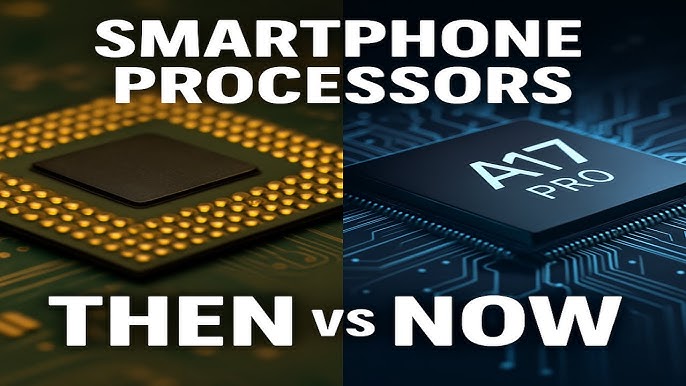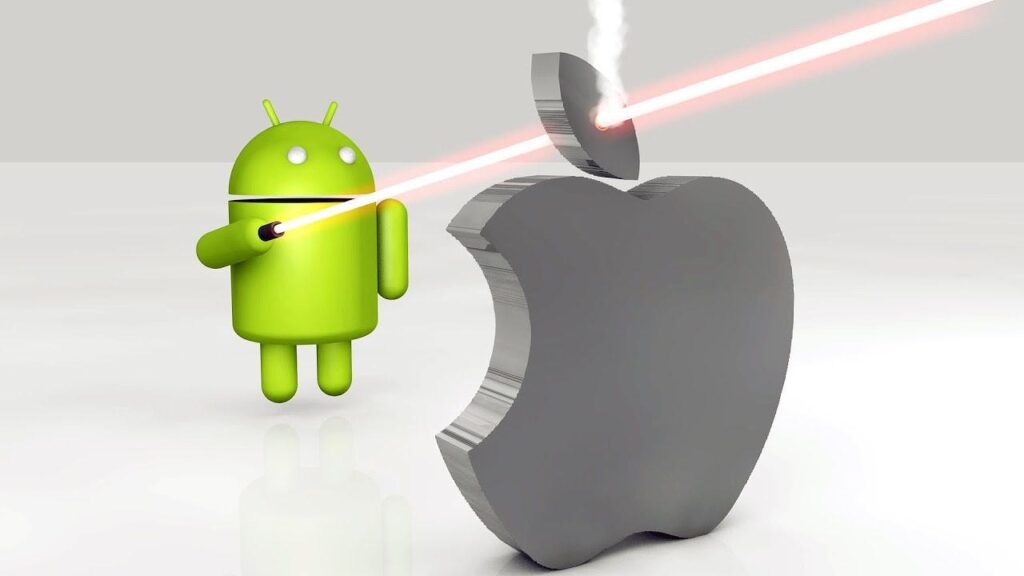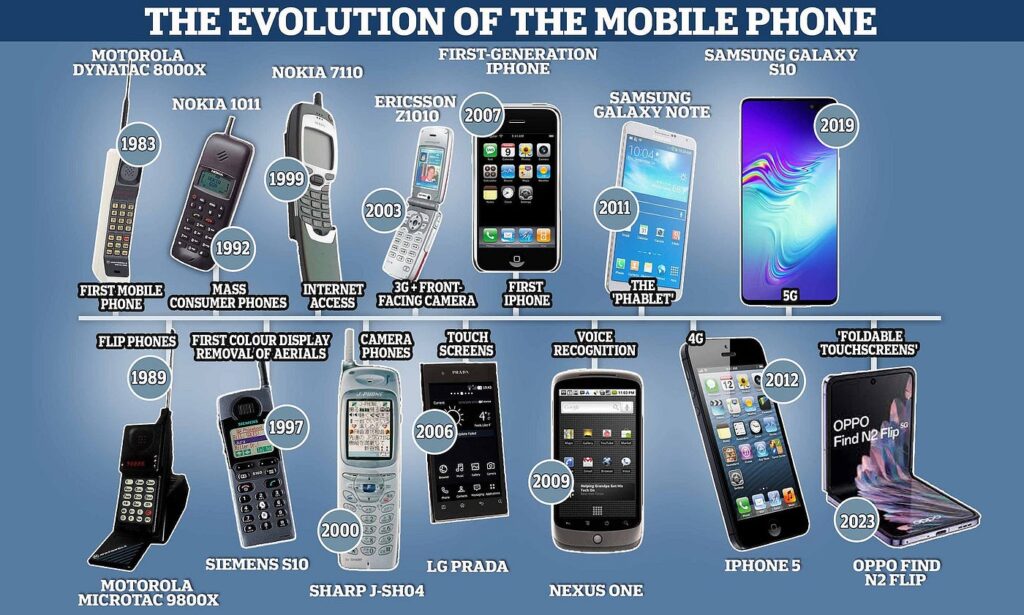Technology is moving faster than ever before, but with innovation comes a flood of myths, misconceptions, and outdated beliefs. From artificial intelligence (AI) fears to internet privacy rumors, many of these myths spread quickly online and shape how people think about technology.
In this article, we’ll debunk the biggest tech myths of 2025 and set the record straight. Whether you’re a student, a professional, or a business owner, knowing the truth will help you make smarter tech decisions and avoid being misled.

Myth 1: AI Will Take Everyone’s Jobs
The Myth:
Many believe AI and automation will completely replace human workers, leading to mass unemployment.
The Truth:
AI is indeed automating repetitive tasks, but it is also creating new roles. In 2025, careers in AI training, digital transformation, cybersecurity, and human-AI collaboration are booming. Instead of eliminating work, AI is changing the skills we need.
Reality: The future workforce will be a partnership between humans and AI, not a replacement.
Myth 2: Macs Can’t Get Viruses
The Myth:
Apple devices are often seen as “immune” to malware and viruses.
The Truth:
While macOS is more secure than some systems, it is not invincible. Cybercriminals now design malware targeting Macs, especially with the rise of remote work.
Reality: Every device — Windows, Mac, Android, or iPhone — needs cybersecurity protection in 2025.
Myth 3: 5G and 6G Are Dangerous to Human Health
The Myth:
Some people believe that 5G and 6G signals cause radiation poisoning, cancer, or other health risks.
The Truth:
Decades of scientific research show that mobile networks use non-ionizing radiation, which does not damage DNA or human cells. 5G and 6G are safe and are designed to improve internet speeds, not harm people.
Reality: 5G and 6G are transforming healthcare, education, and business — not endangering health.
Myth 4: Blockchain Is Only About Cryptocurrency
The Myth:
Many still think blockchain = Bitcoin or crypto trading.
The Truth:
Blockchain powers supply chain management, smart contracts, digital IDs, voting systems, and secure transactions. Governments and businesses worldwide are using blockchain for real-world applications beyond crypto.
Reality: Blockchain is a backbone of the digital economy, not just a financial tool.
Myth 5: VPNs Make You Completely Anonymous
The Myth:
A VPN (Virtual Private Network) hides your IP, so many assume it makes you 100% anonymous online.
The Truth:
VPNs improve privacy but do not guarantee full anonymity. Websites, advertisers, and even governments can still track you through cookies, browser fingerprints, or personal accounts.
Reality: Use VPNs alongside other privacy practices for real online security.
Myth 6: More Megapixels = Better Camera Quality
The Myth:
Smartphone brands advertise cameras with higher megapixels as if that guarantees better pictures.
The Truth:
Image quality depends on sensor size, lens quality, and AI processing, not just megapixels. A 12MP flagship camera can outperform a 108MP budget phone.
Reality: Don’t fall for the megapixel myth — look at overall camera performance.
Myth 7: Remote Work Means Lower Productivity
The Myth:
Some managers still think working from home makes employees lazier.
The Truth:
Studies show remote workers are often more productive due to fewer distractions, less commuting, and flexible work hours. Productivity drops only when companies fail to adopt proper collaboration tools.
Reality: With the right tools and culture, remote teams can outperform in-office teams.
Myth 8: Charging Your Phone Overnight Ruins the Battery
The Myth:
For years, people avoided leaving phones charging overnight, fearing it would “overcharge” and damage the battery.
The Truth:
Modern smartphones have smart charging technology that stops charging once the battery is full. Overnight charging is safe, though keeping your phone at 20–80% charge does extend long-term battery life.
Reality: You can safely charge overnight — just don’t always let your battery hit 0%.
Myth 9: More RAM Always Means Faster Performance
The Myth:
Many assume that the more RAM a device has, the faster it runs.
The Truth:
Performance depends on CPU, storage speed, software optimization, and RAM together. Adding more RAM doesn’t always help if the processor is weak or apps are poorly optimized.
Reality: Balance between CPU, storage, and RAM matters more than RAM alone.
Myth 10: Cybersecurity Is Only for Large Companies
The Myth:
Small businesses and individuals believe hackers only target big corporations.
The Truth:
In 2025, cybercriminals attack small businesses and individuals even more because they often lack proper security. Phishing, ransomware, and identity theft affect everyday internet users.
Reality: Everyone needs cybersecurity measures — strong passwords, 2FA, and antivirus protection.
Final Thoughts
Technology myths spread because people fear what they don’t fully understand. But in 2025, it’s more important than ever to separate facts from fiction.
From AI and blockchain to remote work and mobile networks, the truth is clear: technology is a powerful tool when used wisely. Believing myths can hold you back, but embracing facts keeps you safe, productive, and future-ready.


